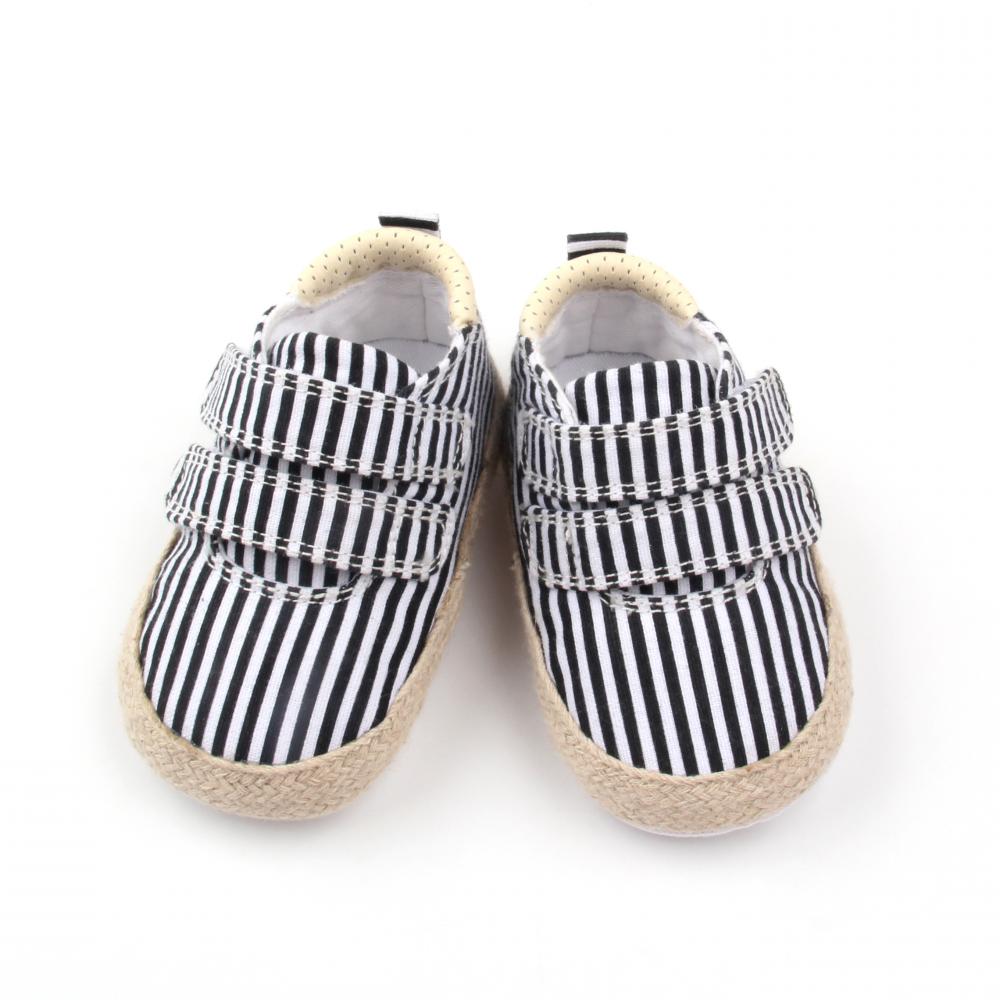 The Warring States Period was a peak period for the development and prosperity of ancient jades. Compared with the compact shapes of the similar devices in the Spring and Autumn Period and the composition styles of “dense, soft, mellow, and steadyâ€, the shape of the jade in the Warring States period was vivid and changeable. The edges and corners are powerful and vigorous, and the composition is lively and ingenious, filling with a strong sense of vitality and vitality. This period, the jade craftsmen introduced new ones and created a large number of “out-of-profileâ€, “open-work carved typeâ€, “segmented-typeâ€, etc. Seeing the immortal masterpiece, the achievement of ruling jade craftsmanship is pushed to an unprecedented peak. The Warring States Jade Wares have occupied a prominent position in the history of the ancient treatment of jade, and it is also of concern to collectors of the world. The following describes the craft techniques of several types of jade in the Warring States period with typical specimens.
The Warring States Period was a peak period for the development and prosperity of ancient jades. Compared with the compact shapes of the similar devices in the Spring and Autumn Period and the composition styles of “dense, soft, mellow, and steadyâ€, the shape of the jade in the Warring States period was vivid and changeable. The edges and corners are powerful and vigorous, and the composition is lively and ingenious, filling with a strong sense of vitality and vitality. This period, the jade craftsmen introduced new ones and created a large number of “out-of-profileâ€, “open-work carved typeâ€, “segmented-typeâ€, etc. Seeing the immortal masterpiece, the achievement of ruling jade craftsmanship is pushed to an unprecedented peak. The Warring States Jade Wares have occupied a prominent position in the history of the ancient treatment of jade, and it is also of concern to collectors of the world. The following describes the craft techniques of several types of jade in the Warring States period with typical specimens. Yinxian carving technique
In the Warring States period, the style features of the engraved lines on the jade-line of the Warring States Period have changed significantly compared with similar devices in the Spring and Autumn Period. In contrast, the spring-autumn yin and yin-sharp lines are soft and tangled, lacking strength and lively vitality, appearing calm and layout, and the Warring States period. The Yinxian line is vigorous and vigorous, clear and neat, with precise, clear, smooth, delicate and powerful features. In this popular dragon pattern, for example, the collection of the Palace Museum's collection of double-headed dragons (Figure 1), Shandong Zibo Linzi District, Shangwangcun Warring States Tomb unearthed silhouette double dragon Yuxi (Figure 2 The outline of the dragon's five facial features, detailed bunches of silk, dragon's body's hook grain pattern and the outline of the carcass of the dragon's body were excavated from the specimens of the two dragon-shaped jade figurines (Figure 3) unearthed in the Yanggong Warring States tombs in Changfeng, Anhui Province. The outlines, etc., are all meticulously detailed, smooth, and vigorously arced. The expression of all the negative lines in the scheme is very accurate, showing the dynamic beauty of force and speed. This is the increase in the number of cookers at the time. The hardness and tenacity of the wire-cutting tools are the inevitable result. Due to the insufficient hardness of the traditional copper cookers, the cutting edges are worn out during the high-speed rotation of the jade sand accompanying the solution. As a result, the lines of the carvings are more rounded and the intensity is not enough. It is even more difficult to carve out some inward incisions that meet special requirements. Line marks. The appearance of iron cookers in the Warring States period not only enhanced its own rigidity, reduced the erosion during the process of high-speed rotation of jade sand, but also enhanced the accuracy of the engraving lines, and could meet the design parameters according to the requirements of Yugong. The details of the lines are carefully crafted, and the thickness, depth, length, and curvature of the negative lines are clearly explained.
The most representative example of the carving process of the jade carving line in the Warring States Period is the large number of "microcarving" Yinxian moments of this type of fine-grained hair. The collectors also call it the "fairworker", "hairbrush hair carving" or " Hairsprings. This type of “hairworker†is carved in the fine Yinxian line. It has been used in the middle and late period of the Spring and Autumn Period. However, it has developed into a type of sinuous, smooth, and smoothly carved “microcarving†technique that is in the middle and late Warring States. This type of “Yosheng Gong†Yinxian carved into the autumn, with the naked eye can often not be clear and microscopic, but the microscopic magnification observation is ease, finishing rigorous, very elegant, it's appearance and popularity, rich, detailed jade shape The level and connotation of the structure and schema make up for the weakness of the monotonous, monotonous, fuzzy, and hidden details of the jade carving or the round carving pattern, and pushes the traditional Yinxian technique to the finest and most intriguing, Zhan Guoyu. The skeleton of the head of the beast and animals with facial features, limb flexion and hairs, feather wings, flow moiré, scroll mortise, variant animal face pattern, variant geometric pattern, beam silk pattern, flower bud pattern, mesh pattern, short Parallel slash lines and other use of this type of "spring work" carving (Figure 1,4,5,6). It is generally believed that such fine-grained Yinxian of delicate hairsprings is a result of jade workers skilled in the use of a relatively high degree of fineness and hardness. (There are also views that such shallow and thin negative lines are not for the purpose of carving and are not for the purpose of carving. High-grade sharp needles are directly characterized and carved. Such micro-engraving techniques can be rapidly developed and matured during the Warring States period. They should be closely related to the reform of the texture and structure of the governance jade tools because the sculptures are so smooth and continuous. The shallow and intricate lines are not enough to rely solely on jade craftsmanship. Only after the Iron Warriors in the Warring States phase are produced and continuously improved, can such tiny sculptures appear and can be seen. Mature.
Openwork carving technique
Hollow-opening carving techniques appeared after the middle of the Spring and Autumn Period, and the use of such techniques began in the complex shapes of the Warring States Jade Warriors. In particular, the “outlined†jade pipa was produced, and the outline structure of space was dealt with. The process. Compared with the traditional plane engraving process, the hollow carving is a kind of sophisticated and multi-level difficult techniques. This is also the result of the transformation of the jade tools and the texture changes of the jade materials used for carving jade.
Take the Warring States hollow jade terracota unearthed from the Zenghou Yi Tomb of Hubei Suizhou as an example (Figure 4). The animal plane map of the entire plane is very complicated. Jade workers have made use of the layout of different dragons and snakes intertwined with each other in the group map. The carving technique of jade carving has established the shape of the jade carving, forming a three-dimensional visual effect with vivid and concise pictures. The Warring States Cascade Dragon-Diamond Jade (Fig. 5) unearthed at the Linli Jiuli Tea Farm in Lincang, Hunan Province, was carved into a separate and interlinked structure by means of a sculptural technique. The concept was properly designed to avoid ups and downs in the plane drawing. Shuanglong monotonous monotonous feeling. Such exquisitely chiseled techniques are also seen in the outskirts of the Warring States Tombs in the ancient city of Lugu in Shandong Province (Figure 7), the National Palace Museum’s collection of the Warring States period and the double dragon head (Figure 8), and the Huangni Hang Warring States in Changsha, Hunan. Tombs unearthed from the tombs of the two types of dragons (Fig. 9), the Dragon-shaped jade dragonflies unearthed from the Yanggong Warring States tombs in Changfeng, Anhui Province (Figure 10), and the dragon and phoenix jade figures unearthed from the Yanggong Warring States tombs in Changfeng, Anhui (Figures) 11) Wait.
The main procedures of the specific operations of the Warring States jade hollow openwork carving techniques are roughly as follows: First, after the masonry was opened, he conceived and designed the outline of the shape of the jade figurine shaper, laid a good outline, and confirmed the parts to be processed. Then, drilling or drilling is performed to determine the “base point†of the hollow, and then the drill is used as the entry point to pass through and fix the metal wire saw (bow bow). According to the pre-designed hollow space configuration, the metal wire is sawn. Cut out various shapes and sizes that meet the preset accuracy requirements. After the rough-spotting of the hollow parts, the edges and sidewalls are further processed and polished.
The multi-segment combination of relics of the Warring States Period and Jade Dragonflies produced by the Sakaguchi splicing technique is rare, and the segmented socketed jade cymbals (Fig. 12) unearthed in Saikonkeng, Guwei Village, Hui County, Henan Province are among the classics. The production of this combination is based on the size and pattern features of the prefabricated carcass composite structure previously designed by Yugong. Each of the seven “unit bodies†is honed and processed one by one, each in the middle of the body. Hollow mouths, to prepare the whole combination of splicing sets when the Department of wear through the line, and finally with the seven pieces of copper "split unit" penetrated into one. The subtlety of this “whole-segmentation and segmentation†technique is to increase the space of Jade Workers and Jade Jade. Each piece of “unit†can be subjected to sophisticated and difficult processing. The details of the schema are fully elaborated and processed. Finally, each “unit†is assembled and fixed together to form a complete device, and the “deformation†of the jade skeleton is completed. The process reduces the difficulty of carving complex fine patterns in cramped spaces. This combination of jade urns unearthed in the Sacrifice Pit of Guwei Village in Hui County is an example of the finest and most elaborate casting techniques discovered by Tibetan collectors in the Warring States Period. It is considered by some collectors to represent the highest level of masterpieces in the Warring States period. .
Bas-relief techniques
The Warring States period has inherited the bas-relief techniques used by Yuzuo Zhongguang after the middle of the Spring and Autumn Period, and continues to develop in the direction of simplicity, regularity, and refinement. Typical examples are found in the unearthed double dragons in the Yanggong Warring States tombs in Changfeng, Anhui Province. Figure 3) The two-headed dragon Yuchao (Figure 9) unearthed from the Warring States Tomb of Huangnikeng in Changsha, Hunan (Figure 9), the jade skeleton of the Changgong Yanggong Warring States Tomb (Figure 13), and the two dragons unearthed in the Yanggong Sengoku tomb of Changfeng Emerald-shaped figure (Figure 14) and unearthed dragon-shaped jade figure (Figure 15) unearthed from the Warring States Tomb of Xinzhou in Li County, Hunan Province. In the case of honing of valley patterns, rolling moiré patterns, and mopy patterns, which are commonly found in the jade of the Warring States period, the main processes for making are roughly: cutting materials, preliminary shaping, designing contours, and contouring. Then use a hook to sculpt and draw out pre-set grain patterns, moiré patterns, and grain patterns. Then, with the hooks and rollers, the "void" portion of the middle of the device, the moiré, the moiré, and the grain of the cotton grain is ground down, and the ground is "digged" to the groove of the pre-set depth of the jade worker. Then, the ribs on the edges of the grooves are polished and trimmed with the use of a bedding tool, and the entire device highlights the valley pattern, the curl pattern, and the grain pattern defined by the grooves. Lastly, the valley, moiré, and the grain of the lake were corrected, and some of the plots also outlined arc-shaped contours on the outer edges of valleys and scrolls. After detailing and polishing, grain lines and curly clouds will naturally "bump" the body shape and form a three-dimensional effect of the relief.
Drilling techniques
In the Warring States Period, the drilling tools of the jade cymbals still used boring drills, while a small number of large bore boring drills were drilled using pipe drills. Observed from the micro-marks of the boreholes in the excavators, most of the chip jades were drilled by boring unidirectionally, but in the jade boring of this period, the traditional “big horns and small horns†were The "hole" type structure has been almost invisible. Instead, a large number of perforations are extremely regular. Each hole in the borehole is of equal size whether viewed from the front or from the back (Fig. 5, 7, 11, 14). At the same time, a class of structured drill holes with a finer hole diameter is also very common in the jade magpies. This phenomenon has also been the result of the heavy use of iron drill tools during the Warring States period.
It should be noted that the specimens of the beautiful jade of the Warring States period that are currently seen are often shaped by the above-mentioned various techniques and are shaped by a sculpting device. For example, a whole-body skeleton-type jade figure unearthed from the Tomb of Zeng Houyi (Figure 4), Henan The unearthed modular Yuxi unearthed in the Sacrificial Pit of Guwei Village in Huixian County (Figure 5), the silhouetted excavated earthen statue unearthed from the Warring States Tomb in Huangnigang, Changsha (Figure 9), and the unearthed tomb of the Yanggong Sengoku National Tomb in Anhui Changfeng (Figure 13) It is an example of a device that uses a variety of techniques such as Yin-line engraving, bas-relief, and hollowing.
The maturation of jade carving crafts in the Warring States period has not only inherited traditional jade techniques, but also greatly changed and innovated from the previous generations. This radical change has not only led to the spirit of the times, but also helped jade engineers The accumulation of jade is related to the updating of jade materials, but the most important direct birth factors are still due to the reform of governance. Due to the widespread application of ironware, the governance jasper has brought epoch-making reforms from texture to shape, which has promoted the unprecedented development and progress in the treatment of jade, enabling fine grinding and processing of high-hardness jade materials, and the production of a variety of complex jades. During this period, it was possible that techniques such as cutting materials, drilling, carving of Yinxian, bas-relief, and openwork carving had room for development in the direction of refinement.
Shoes made of cloth worn by babies (the age range of the baby is generally defined between 0-3 years old, that is, before the toddler). Baby Cotton Shoes are specially designed for people of this age, and according to the growth and development characteristics of children's feet in this age, they are designed to be suitable for their shoes. Lightweight. Breathable, comfortable, suitable for healthy growth of the feet.


Its advantages are soft, lightweight, breathable and comfortable.It is characterized by easy foot bending when the baby is walking.


Baby Cotton Shoes
Baby Cotton Shoes,Blue Baby Cotton Shoes,Soft Baby Cotton Shoes,Cotton Leather Baby Shoe
Shenzhen Baby Happy Industrial Co.,LTD , https://www.babyshoes.cc